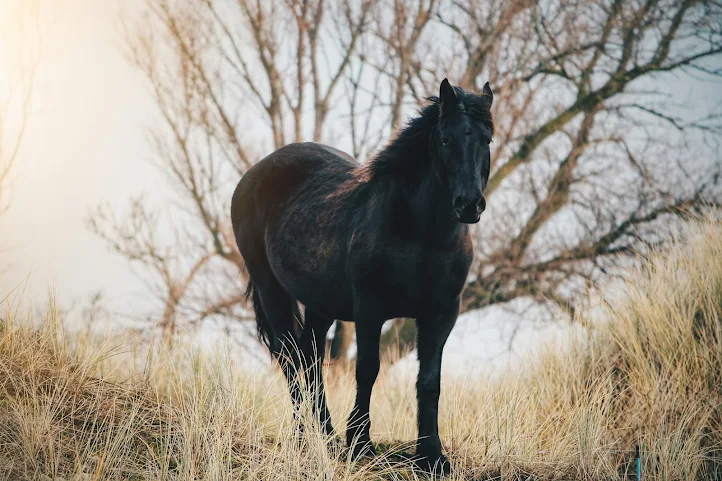Explanation of 1 Kings Chapter 12
1 Kings 12 is a pivotal chapter in the biblical narrative as it marks the division of the united kingdom of Israel into two separate kingdoms: the northern kingdom of Israel and the southern kingdom of Judah. This split occurs due to the actions of Rehoboam, the son of Solomon, and Jeroboam, a former servant of Solomon. Below is a detailed verse-by-verse explanation of the chapter.
1 Kings 12:1-24 – The Division of the Kingdom
Rehoboam’s Folly (Verses 1-15)
-
Verse 1: Rehoboam, Solomon’s son, travels to Shechem, where all of Israel has gathered to crown him as king. Shechem is significant because it is a central location and a historic place of covenant renewal.
-
Verses 2-3: Jeroboam, previously exiled in Egypt under King Shishak due to Solomon’s attempts to kill him (1 Kings 11:40), hears of Solomon’s death and returns. The people send for him to represent their grievances before Rehoboam.
-
Verse 4: The Israelites plead with Rehoboam to lighten the harsh labor and heavy taxes imposed by Solomon. They offer loyalty in return for relief.
-
Verses 5-7: Rehoboam wisely seeks counsel from Solomon’s experienced advisors. They advise him to serve the people and speak kindly, ensuring their loyalty.
-
Verses 8-11: Rehoboam, however, rejects their advice and consults his younger friends. They suggest he respond harshly, asserting dominance by increasing burdens rather than easing them.
-
Verses 12-14: When the people return for an answer, Rehoboam follows the advice of the younger men. He tells the people that he will be even harsher than his father, saying, “My father chastised you with whips, but I will chastise you with scorpions.”
-
Verse 15: This turn of events fulfills God’s prophecy through Ahijah the Shilonite (1 Kings 11:29-39), showing that divine intervention is at work in the division of the kingdom.
The Rebellion of Israel (Verses 16-20)
-
Verse 16: Upon hearing Rehoboam’s harsh words, the people of Israel reject him as their king, declaring: “What portion do we have in David?” They see no benefit in remaining under the rule of David’s lineage.
-
Verse 17: Only the tribe of Judah, along with some from Benjamin, remains loyal to Rehoboam. This marks the beginning of the divided monarchy.
-
Verse 18: Rehoboam sends Adoram, the official in charge of forced labor, to enforce his rule, but the Israelites stone him to death. This act of defiance signifies that the rebellion is serious and irreversible.
-
Verse 19: Israel permanently rejects Davidic rule, fulfilling Ahijah’s prophecy.
-
Verse 20: The northern tribes appoint Jeroboam as king. This solidifies the split between Israel (northern kingdom) and Judah (southern kingdom).
Rehoboam’s Attempt to Reunite the Kingdom (Verses 21-24)
-
Verse 21: Rehoboam prepares an army of 180,000 warriors from Judah and Benjamin to fight against Israel.
-
Verses 22-24: God sends Shemaiah the prophet to stop the battle, instructing Rehoboam not to fight against his brethren because the division is His doing. Rehoboam obeys and does not attack Israel.
1 Kings 12:25-33 – Jeroboam’s Idolatry
Jeroboam’s Political Concerns (Verses 25-27)
-
Verses 25-26: Jeroboam fortifies Shechem and Penuel, securing his rule. However, he fears that if the people continue worshiping in Jerusalem (in Judah), they may turn their loyalty back to Rehoboam.
-
Verse 27: Jeroboam’s fear is based on the religious laws that required Israelites to worship at the Temple in Jerusalem, which could lead to renewed allegiance to the Davidic dynasty.
The Golden Calves and False Worship (Verses 28-30)
-
Verse 28: To prevent this, Jeroboam devises an alternative worship system, making two golden calves and telling the people: “Behold your gods, O Israel, which brought you up out of the land of Egypt.” This mirrors the sin of Aaron in Exodus 32.
-
Verse 29: He places one calf in Bethel (southern Israel) and one in Dan (northern Israel), creating a rival religious system.
-
Verse 30: This act becomes a great sin, leading Israel into idolatry for generations.
Unbiblical Priesthood and New Religious Practices (Verses 31-33)
-
Verse 31: Jeroboam builds temples on high places and appoints priests who are not from the tribe of Levi, violating God’s commands.
-
Verse 32: He establishes a festival in the eighth month, mimicking the Feast of Tabernacles but at a time and manner of his own choosing.
-
Verse 33: Jeroboam personally offers sacrifices, usurping the priestly role. These actions demonstrate his deliberate departure from God’s commands.
Themes and Lessons from 1 Kings 12
-
The Consequences of Foolish Leadership
-
Rehoboam’s harshness and arrogance lead to division. Leaders must listen to wise counsel and serve their people humbly.
-
-
The Role of Divine Providence
-
Despite human actions, God’s plan prevails. The division was part of God’s judgment and fulfillment of prophecy.
-
-
The Dangers of Fear and Political Expediency
-
Jeroboam feared losing control and resorted to idolatry, leading Israel into sin. Trusting God rather than manipulating circumstances is crucial.
-
-
The Importance of True Worship
-
Altering God’s commands for convenience or political gain leads to spiritual disaster. Worship must remain pure and faithful to God’s word.
-
Conclusion
1 Kings 12 is a defining chapter in Israel’s history, marking the tragic division of the kingdom and the beginning of widespread idolatry in Israel. Rehoboam’s arrogance and Jeroboam’s fear-driven decisions lead to lasting consequences. This passage teaches key lessons about wise leadership, trusting in God’s plan, and the dangers of idolatry.

Comments